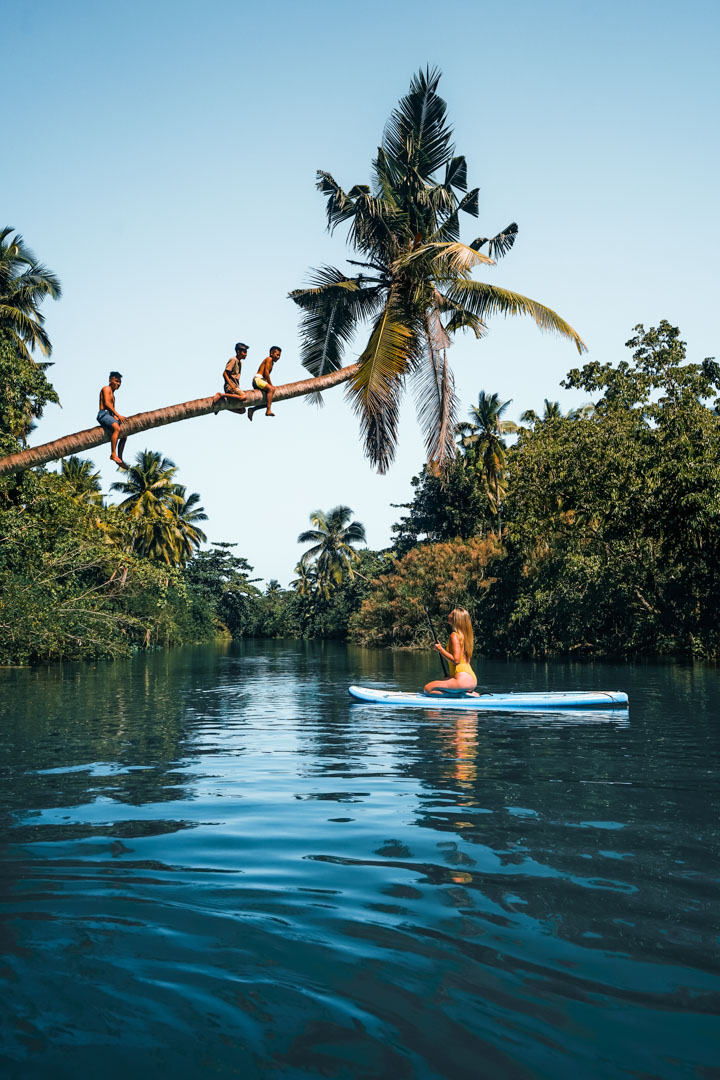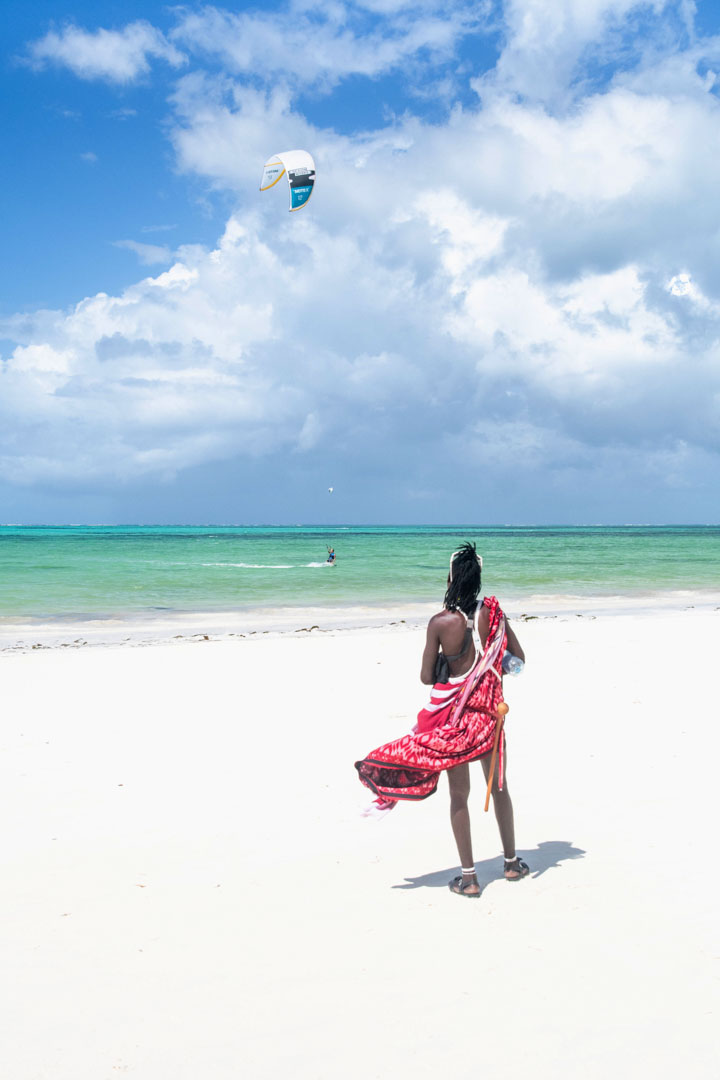From the glass cut edge of the ice sheet, I pour a small libation of honey into the sapphire water of the Nares Strait. As it mixes with the sea, the sweet gold fluid twists into a brilliant spiral before vanishing like a phantom. Next, a magenta handful of fireweed flowers, picked less than an hour ago in Refuge Harbor, is cast hard against the ocean’s surface. Finally I hold a small turtle shell filled with smoking frankincense resin up to my mouth. I kneel to water level and blow the fragrant zephyrs across the Arctic expanse. These simple offerings precede a humble plea to Sassuma Arnaa, the ancient Greenlandic Mother of the Sea. Pressing my lips into the freezing water, I whisper a quiet prayer towards the abyss.
“Please let me swim in your pristine waters in harmony with the animals, the currents, the weather and the ice.”
As always, I can feel the deep staring back at me. Who or what was down there? Whatever presence I felt returning my gaze was the same force that drove me to swim; the same voice that summoned me to propel my body through remote swaths of frigid open water. Staring into the infinite blue just moments before a long swim always riddles my emotions with a strange cocktail of menacing gloom and curious ecstacy. Over the years I have learned to dismantle the fear and just embrace the wonder. Fear uses energy - lots of it - and long distance swimming in Arctic water is all about using as little energy as possible. When I am swimming I try to stay one frequency above sleep in a state of elated intoxicated relaxation. Taking deep breaths, I prepare my body to move through the iceberg-filled water for hours, operating on little more than muscle memory. My mind is already somewhere else. It is at the bottom of the sea in the antediluvian embrace of Sassuma Arnaa, gently combing her kelp hair as we both look towards the surface and await my silhouette to swim across the sun.
Four years I had trained and waited for this single moment: a chance to swim across the Nares Strait, the narrow body of water that separates Canada from Greenland. Years earlier, I recall looking at a map of the Arctic with my friend Wes Archer, and was surprised to see that at some points Canada and Greenland are just a little over ten miles apart. While these narrow reaches of the Nares Strait are separated from any accessible civilization by hundreds of miles of Arctic Wilderness, the area known as Smith Sound is just an 80 mile boat ride from the Inughuit hunting village of Qaanaaq. Wes and I made a deal. He would fly his single engine plane to Qaanaaq, and I would swim the Nares Strait.
No matter what time of year I planned to swim, the water in the Strait would be below freezing or, at best, a touch above. As a cold water swimmer, I love diving into New York’s Hudson River and swimming along the winter ice floes wearing little more than a Speedo, swim cap, and goggles. While this minimal gear is all that is permitted for a swim across the English Channel to be officially recognized, I realized early in the planning process that the Nares Strait would require more gear if I expected to survive. I already owned an ORCA S2 5mm neoprene suit, but discovered my body still caught a chill after a few hours in freezing water. This swim needed a wetsuit custom built for the job.
Marine scientist and friend Gaelin Rosenwak connected me to Gary Mallender of Oceaner Wetsuit in British Columbia. Together we created a prototype suit specifically designed for long distance swimming in Arctic waters. The two piece suit has 32 points of measurement, making it fit my body like a glove. The material is 7mm Yamamoto-45 open cell neoprene. The open cell neoprene clings to the skin and requires a lubricating solution to put it on. The suit also came with booties and gloves. While the booties fit fine, I opted to wear the G1 Glove by the Swedish company Waterproof. The three finger glove is delightfully warm and has a built in curve to the hand that makes it great for surface swimming. In place of goggles I chose the Seadive Rayblocker HD mask. In freezing water the face and head are the most sensitive areas, and my hope was to cover as much of my face as possible. By the time the kit was built, the only exposed area of my body were my lips. Although I could apply liberal amounts of vaseline, there was still a very good chance that if the water was below freezing I would get frostbite and could end up losing my lips. I designed a small lower face mask out of scrap neoprene and glued in the mouthpiece from a disassembled snorkel. The custom piece was a nightmare to use in swim trials, but since it was a choice between discomfort or not having lips, I would wear it gladly.
Just as important as keeping the body warm is keeping it properly fueled. While swimming, the body is burning through a massive amount of calories, doubly so in very cold water. I began experimenting with different meal supplements during training sessions. Close friend and kayaker James Sexton accompanied me on weekly marathon swims in the Hudson River. He would carry my meals in the kayak so I could fuel up with liquids and solids roughly every 45 minutes. For liquids, I experimented with Gatorade, hot coffee and flat Dr. Pepper. My final recipe for success was hot black coffee with honey and electrolyte powder. For food, I would fill small sandwich bags with a mixture of mashed sweet potato, banana, and ginger. When it was time to eat I could bite a hole in the bag, squeeze out the contents like tooth-paste, and keep on moving.
As the swim got closer, Wes started joining my Hudson River training sessions since he would be my kayak support in the Arctic. In unknown waters, the kayaker needs to have all eyes on the swimmer. If the swimmer is delirious, by the time they realize they need fuel or are hypothermic, it may be too late. Wes and I practiced a language of whistles and hand signals that we would implement during the swim to indicate ice chunks to be avoided and to signal breaks for meals.
Once we thought everything was in place, it was important to have a practice run that put together all of the moving parts including Wes’s plane flying skills. A key part of our kit was two foldable origami kayaks made by ORU that we were able to fit into the plane’s storage hold.
Just a few weeks before heading to Greenland, Wes piloted fellow adventurer Christopher Beauchamp and me to Newfoundland, Canada, so I could attempt the first ever swim of Western Brook Pond. This cold water glacial fjord with tempestuous weather and 2,000 foot cliffs presented the perfect playground to test our technique and see if we were really ready for the Nares Strait. We started the swim under cover of night (as it was strongly discouraged by Parks Canada.)
At last the training, the planning, the dreaming is all behind me. Now it is time to walk the plank and be awash in the mysteries of the Nares Strait. In the distance I could see the cliffs of Greenland thundering out of the black sea. Once I take the plunge, there is no turning back. There is no option aside from reaching the shore through a bleak labyrinth of moving sea ice. Wes gives me a signal from the kayak that it is time.
Whenever we step into a new body of water, we impart a bit of our own essence into the mix. The entirety of the ocean becomes a reflection of one’s own mind. Loves, fears, regrets, triumphs and failures are all projected against the unforgiving canvas of the cold abyss. Fighting the sea with chest beating bravado is a hopeless endeavor. But embracing the sea and listening to what she can reveal to a person about themselves is a profound gift and a glimpse at transcendence. I believe these enlightening flashes can only be revealed during an open water swim. Even more so if it is a long and cold one.









